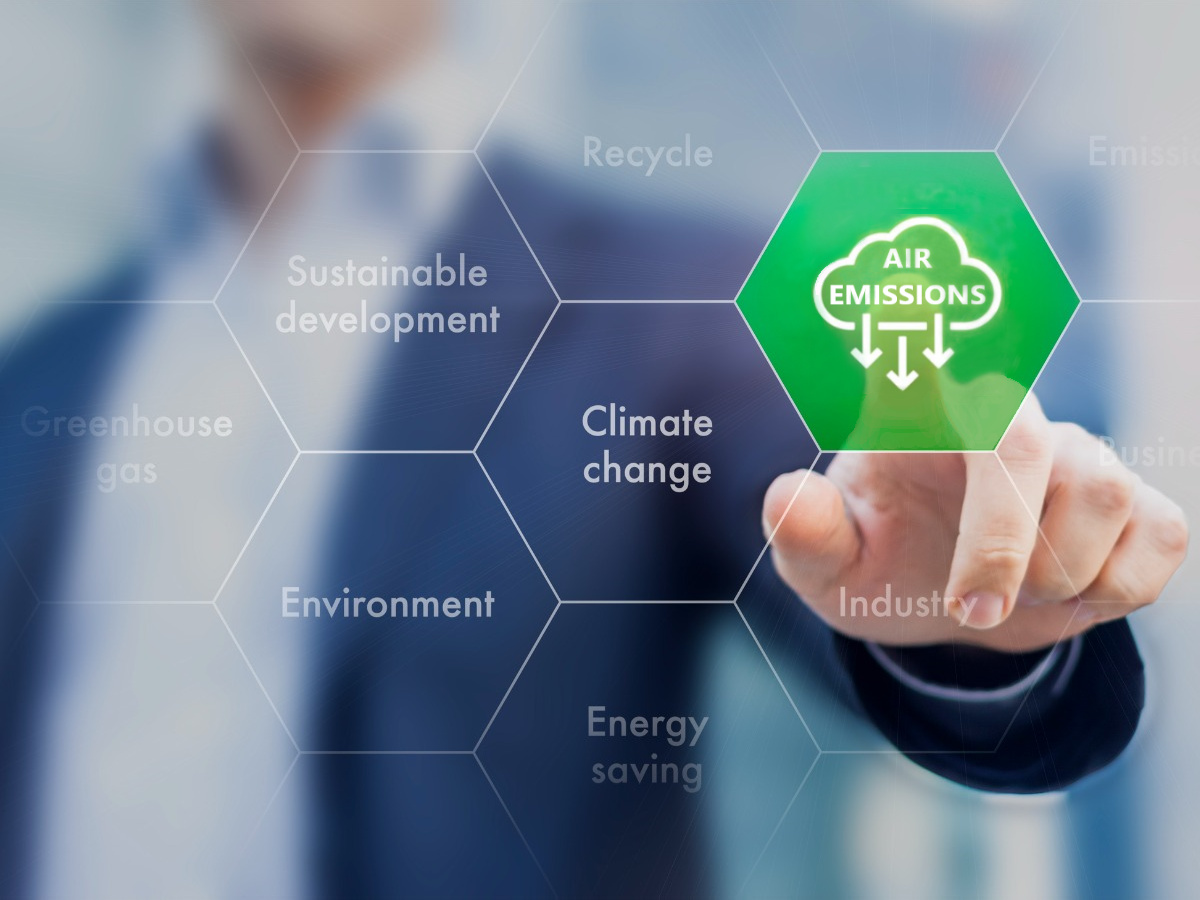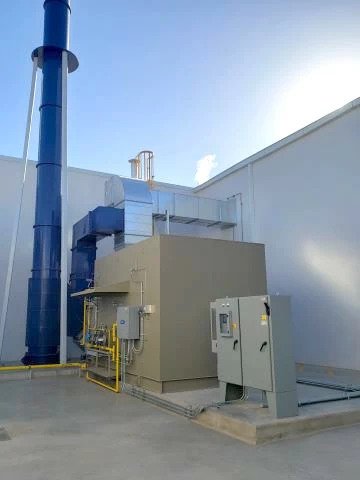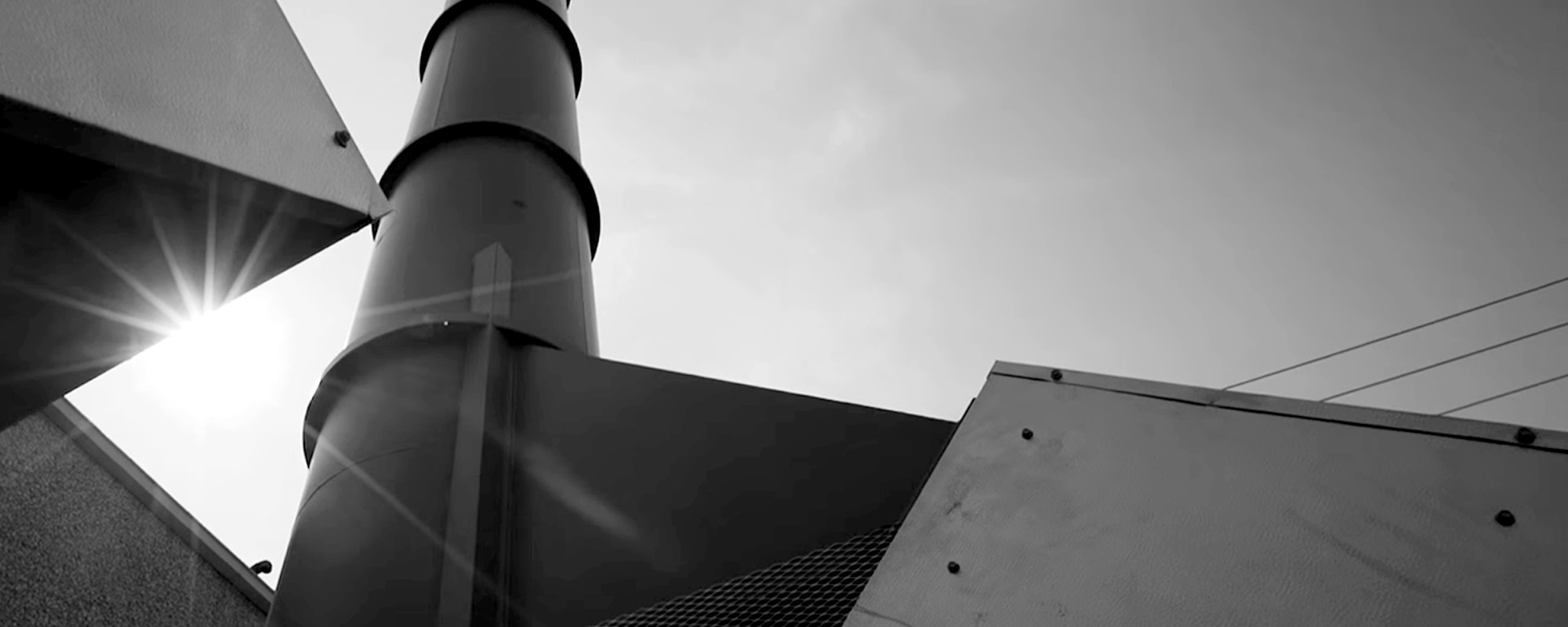1. Audit and Act Accordingly
A key way to “greenify” your business is to manage the resources and waste involved in your processes. First, evaluate your operations by completing a “waste audit.” Measure how much energy and water are used in your processes as well as how many materials are being consumed by the end of production. Are there opportunities to reduce consumption and optimize production? Pay particular attention to the use of raw materials and consider options that fit your production needs while reducing consumption.
Of course, you can audit different facets of your business as well, such as energy consumption related to your offices, transportation, and more. These strategic improvements not only reduce industrial waste; they can also reduce costs.
2. Take a Holistic View of Your Entire Production Process
Focusing on air pollution control independent from your business’s production process and/or only evaluating your technology’s energy efficiency do not attain long-term operating and economic results like deliberate integration would.
A more holistic approach to air pollution control aids in:
- Reducing inputs (i.e., raw materials, water, nonrenewables)
- Minimizing waste from production
- Improving recycling and reuse of outputs
One perspective to consider is recovered energy. There are ways to optimize your facility’s performance and save energy by reusing outputs from earlier production processes. Learn how we’ve helped facilities that discharge large amounts of heat into the atmosphere (as with enclosed flares or direct-fired oxidizers) recover some of that heat to use in their operations.
3. Automate Your Operations
Automated controls systems simplify operations, prioritize safety, and reduce errors compared to manually operated interfaces. When system errors occur, automated controls pinpoint the source of the problem and allow for prompt intervention.
The automatic collection of robust feedback and data also facilitates better decision-making and production visibility. For example, if readings indicate a lack of compliance with your air permit, you can immediately take the measures necessary to resolve the issue.
Utilizing digital controls also provide economic and environmental resilience within your production facility. When a facility reaches optimum resource efficiency, less effluent, waste, and pollutants are generated. This reduces facility maintenance and decreases the waste of resources that stem from system malfunctions.
4. Design Products with a Circular Economy Mindset
Initiating cradle-to-grave life-cycle assessments of your product(s) can uncover what product stages have the greatest negative impact on the environment. You can then take necessary steps to decrease that product’s environmental impact.
Consider offshoring production processes as an example. Transporting products globally is resource intensive. By substituting local material sourcing and manufacturing, you can greatly reduce the environmental footprint associated with your product.
Life-cycle analysis also exposes the value of “industrial symbiosis” – when waste from one process is used as a resource in another. One way this can be achieved is by utilizing recycled materials in production when possible. By doing so, your product’s life cycle has less environmental impact than if you were to use new materials, which already have their own life cycle.



